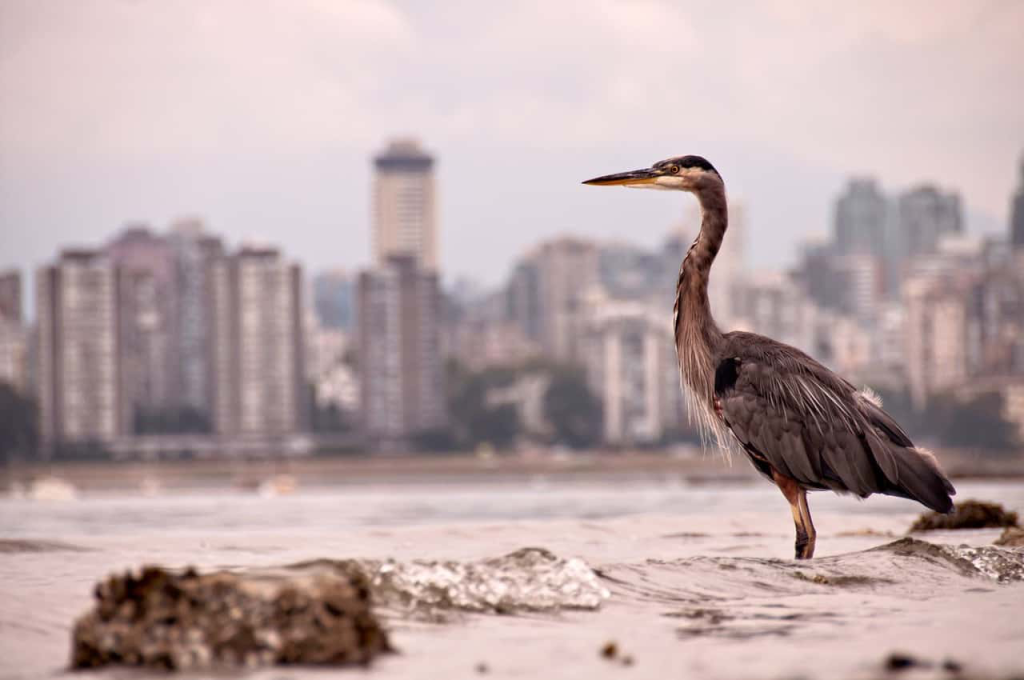
As cities expand and natural habitats shrink, wildlife is increasingly adapting to urban environments. Animals like raccoons, foxes, pigeons, and even coyotes are becoming common sights in metropolitan areas around the world. This phenomenon, known as urban wildlife, highlights the resilience of these species as they learn to navigate city life.
In cities, wildlife often faces new challenges, such as finding food, avoiding traffic, and coexisting with humans. Yet, many animals are thriving by taking advantage of the resources available in urban settings. Raccoons, for instance, have become adept at foraging in garbage bins, while birds like pigeons find ample food in city parks and streets. Some species, such as coyotes, have even developed nocturnal habits to avoid human activity during the day.
However, the presence of wildlife in urban areas can also lead to conflicts. Animals may damage property, spread diseases, or pose a threat to pets. As a result, many cities are implementing measures to manage urban wildlife populations, such as creating green spaces that provide safe habitats and educating the public on how to coexist with these animals.
Ultimately, the adaptation of wildlife to city life is a testament to their survival instincts. As urban areas continue to grow, the relationship between humans and urban wildlife will likely become an increasingly important aspect of city planning and conservation efforts.